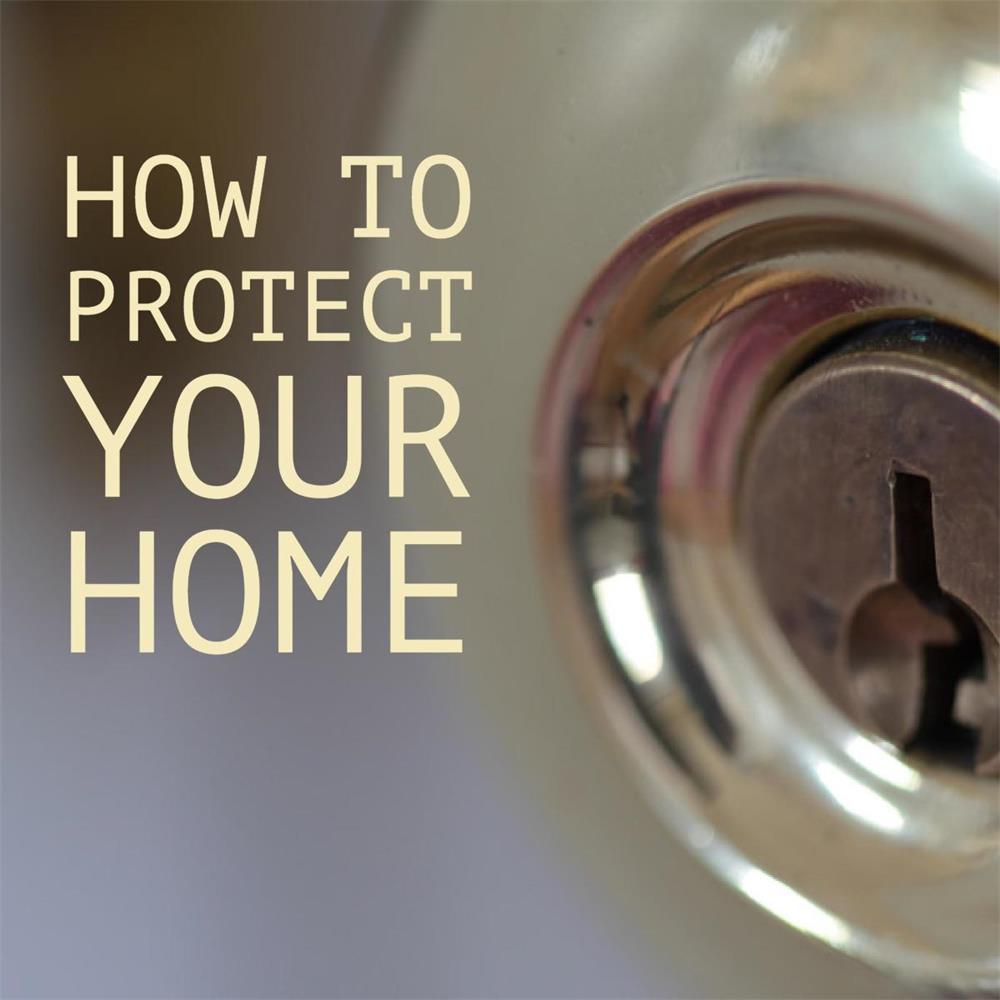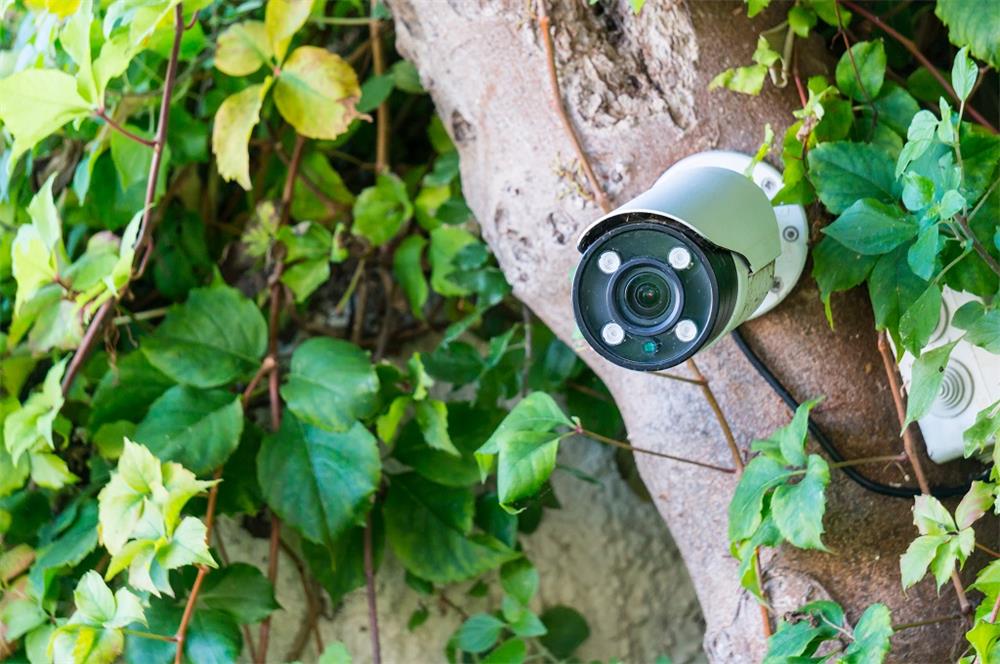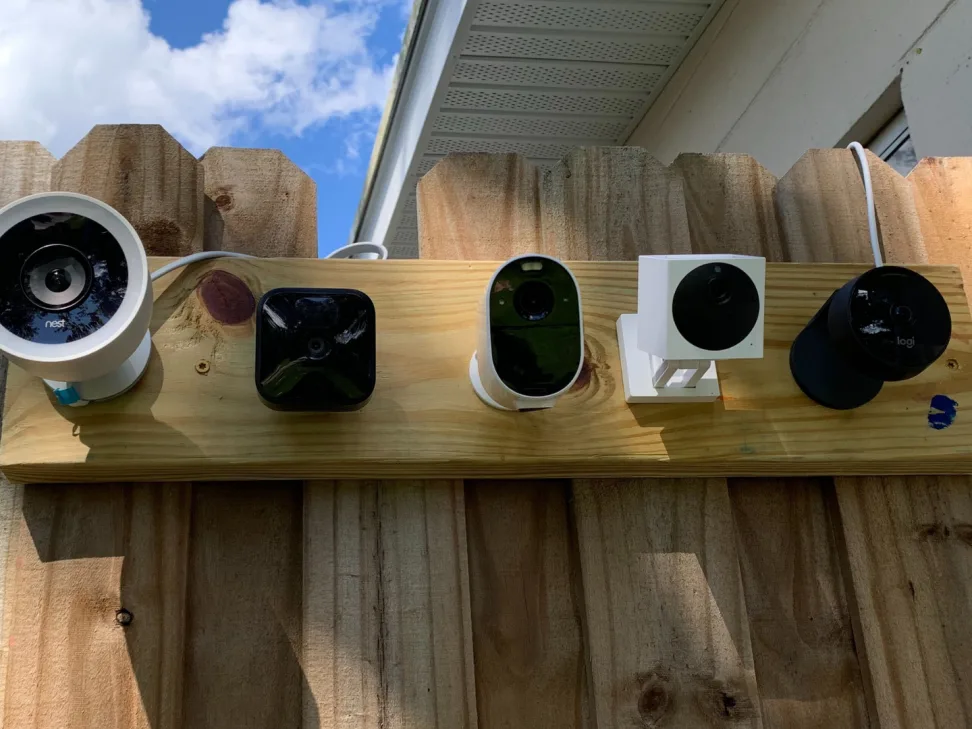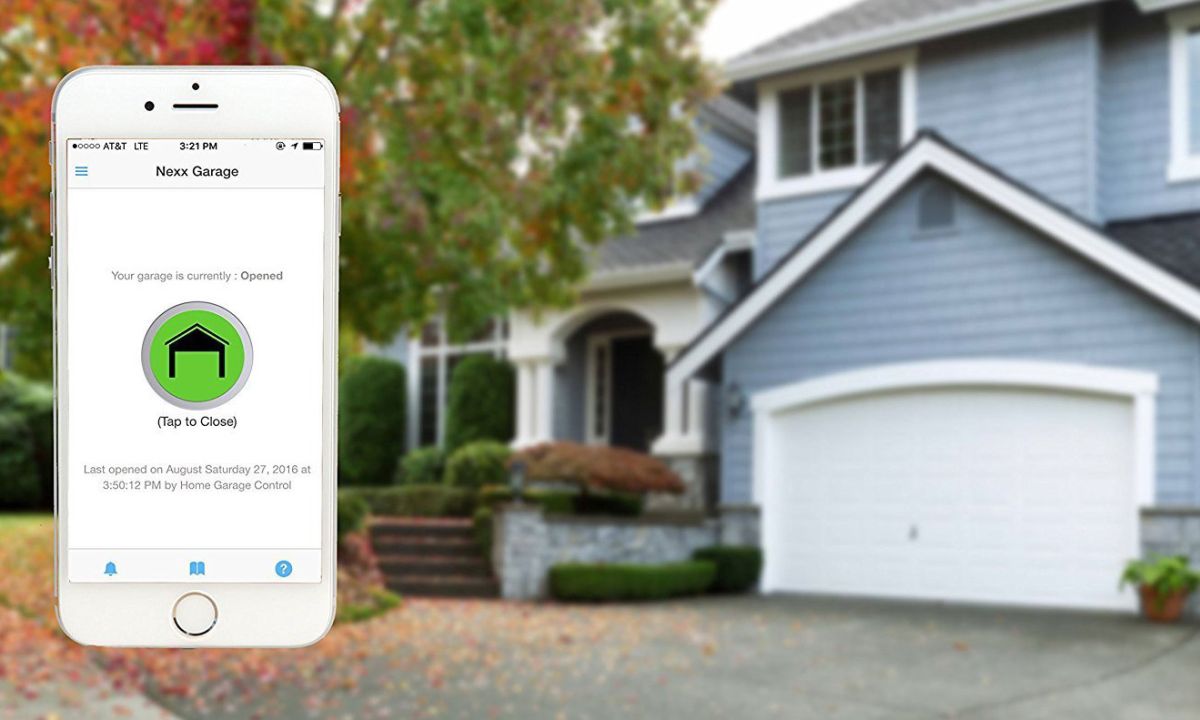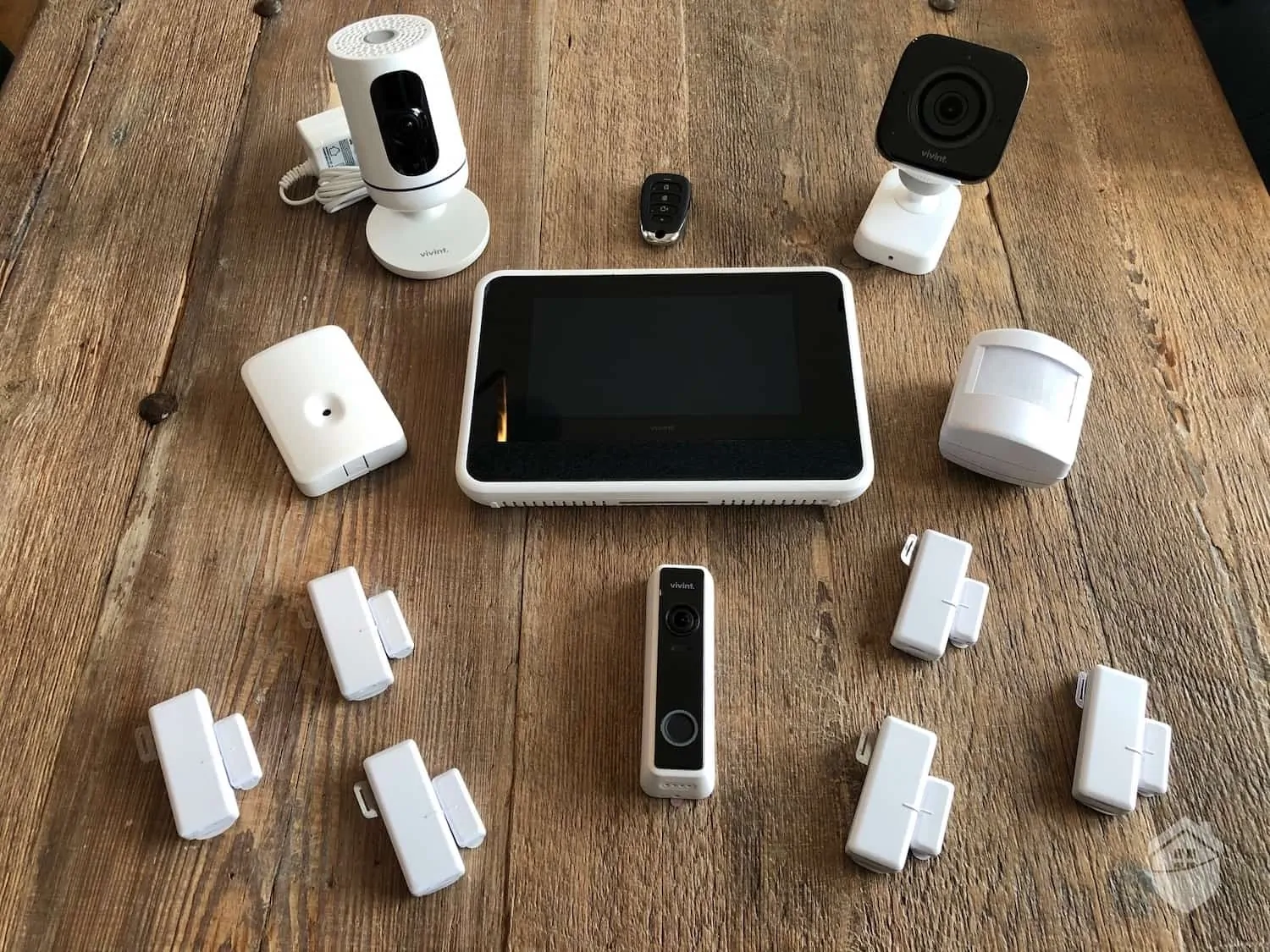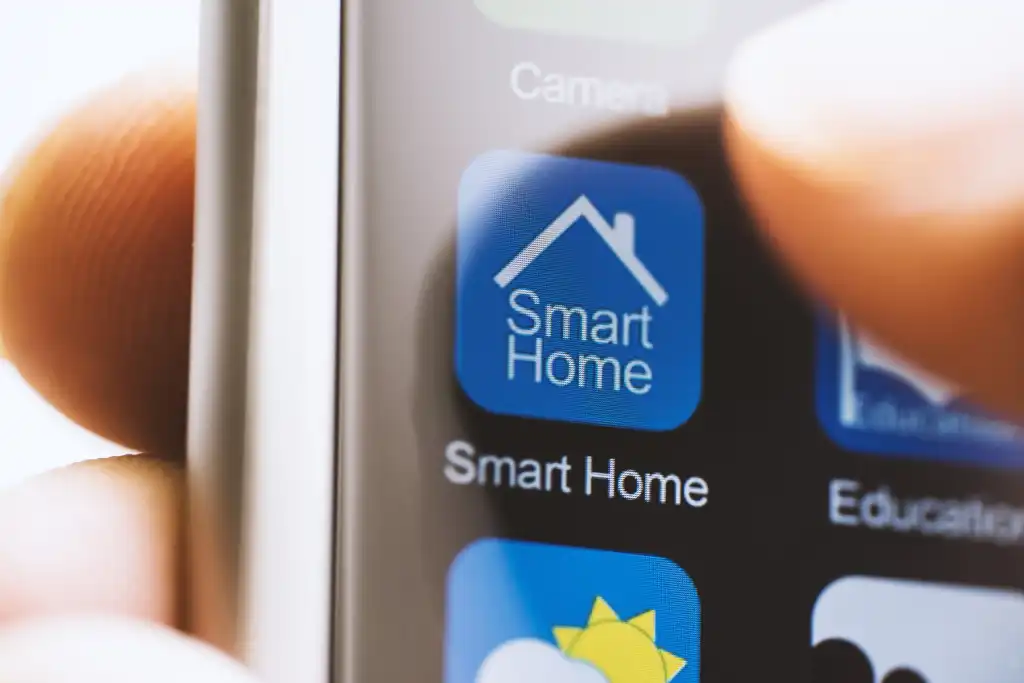Contents
A Brief Overview of Smart Home Security Systems
Smart home security systems have become increasingly popular in recent years, and for good reason. They provide homeowners with peace of mind knowing that their property is protected around the clock.
At their core, these systems consist of a series of devices that work together to detect and alert you to potential intruders, fires, or other threats to your home. These devices can include cameras, sensors, alarms, door locks and more.
Smart home security systems differ from traditional security systems in that they can be controlled remotely via a smartphone app or voice command assistant such as Amazon Alexa or Google Assistant. This means you can receive real-time notifications when there’s an issue at home and take immediate action no matter where you are.
The Importance of Customization for Different Scenarios and Preferences
While smart home security systems are already effective at keeping your property safe, they become even more powerful when customized to meet your specific needs. Everyone’s lifestyle is different which means their preferences for how their system operates may also differ.
Customization allows you to create rules and automation based on the unique factors in your life – whether it’s a pet-friendly mode for pet owners or a vacation mode for those who travel frequently. A customizable smart home security system offers peace of mind knowing that your property is always protected regardless of what’s happening in your life.
Additionally, customization allows you to control what alerts or notifications you receive from the system. For example, if you live in a busy neighborhood with a lot of foot traffic outside during the day, you may not want to receive constant alerts every time someone walks by your front door camera.
Customizing these settings helps ensure that you only get alerted when it matters most – like when someone comes onto your property uninvited. Overall, customizing your smart home security system is one way to make it more effective at keeping your property safe while also meeting your individual needs and lifestyle.
Understanding Your Smart Home Security System
Smart home security systems are designed to protect your home from potential intruders and other dangers while providing you peace of mind. The right system can help keep your family and personal belongings safe. But before you customize your system, it is important to understand the basic components of a smart home security system and how they work together to keep your home secure.
Components of a Smart Home Security System
A basic smart home security system consists of four elements: sensors, a control panel (or hub), cameras, and alarms. Each component has its own unique role in the overall functionality of the system. The sensors are responsible for detecting motion, changes in temperature or humidity levels, smoke or carbon monoxide levels, and even flooding or water leaks.
They send signals to the control panel which then processes these signals. The control panel is the “brain” of the system where all information is processed and stored.
Cameras are an essential part of any smart home security system as they provide visual insights into what’s happening around your property. With advanced technology features like facial recognition and night vision capabilities, these cameras can identify potential threats before they become dangerous.
Alarms serve as a deterrent by emitting loud noises in response to suspicious activity detected by sensors or cameras. This helps ward off intruders as well as alert neighbors that something unusual may be happening at your property.
How They Work Together To Keep Your Home Safe
All components work together seamlessly through wireless connectivity protocols such as Wi-Fi or Bluetooth. When a sensor detects movement or any other suspicious activity, it sends an alert signal to the control panel which then triggers appropriate actions based on predetermined rules set by you. For example, if someone opens a door without permission when no one is supposed to be home, this could trigger an alarm sound from speakers connected to the system.
Simultaneously, cameras would start recording and a notification could be sent to your mobile device for your attention. Smart home security systems are more than just cameras and alarms.
They’re complex networks of sensors, panels, and other smart devices that work seamlessly together to keep you and your loved ones safe. Understanding how each component works is essential when customizing your system to fit specific scenarios or preferences.
Customizing Your Smart Home Security System
One of the most powerful features of a smart home security system is the ability to customize it to your specific needs and preferences. With the right setup, you can have peace of mind knowing that your home is always protected, no matter what scenario you’re facing. In this section, we’ll explore some basic and advanced customization options that will help you optimize your smart home security system.
Basic Customization Options
The first step in customizing your smart home security system is setting up alerts and notifications. This can be done through an app or website where you can receive notifications via text or email when an incident occurs.
For example, if a door or window sensor detects movement while you’re away from home, you’ll get notified immediately so that you can take appropriate action. You can also create custom rules and automation that are triggered by certain events, such as turning on lights when motion is detected in a specific area.
These rules can be set up through the same app or website used for notifications. Adjusting camera settings is another basic customization option that allows you to set motion detection zones and adjust recording quality.
Advanced Customization Options
Vacation mode is an advanced customization option that allows you to set up your system for when you’re away from home for an extended period of time. This mode typically involves setting up random activation times for lights and other devices in order to give the impression that someone is still at home. Nighttime mode allows you to adjust your system for nighttime use by changing sensor sensitivities and adjusting camera settings based on lighting conditions.
This ensures better accuracy in motion detection at night without getting false alarms triggered by shadows or light reflection. If you have pets in the house, pet-friendly mode can be useful.
This mode allows you to customize your system so that pets don’t trigger alarms. For example, you can adjust motion detection settings so that your cat or dog doesn’t trigger an alert every time they walk past a sensor.
Personal Preferences
Voice control integration is a popular option that lets you use voice commands to control your smart home security system through voice assistants like Alexa or Google Assistant. With voice commands, you can arm or disarm your system, check the status of sensors and cameras, and much more.
Mobile app integration is another customization option that lets you manage your security system from anywhere using your smartphone or tablet. You can receive notifications, view live camera feeds and recordings, and even control connected devices like lights and locks remotely.
Customizing your smart home security system is essential in optimizing its functionality for different scenarios and preferences. By utilizing basic customization options like alerts and notifications, creating custom rules and automation, as well as adjusting camera settings, advanced customization options such as vacation mode for when you’re away from home for a long period of time or pet-friendly mode for those with furry friends at home, personal preferences including voice control integration using Alexa or Google Assistant to mobile app integration allow greater flexibility in managing the safety of one’s own home.
Additional Tips and Tricks
Troubleshooting common issues with customization
Customizing your smart home security system can be a fun and rewarding experience, but it can also come with its fair share of challenges. One common issue that people face when customizing their systems is false alarms. This can happen if the sensitivity of your motion sensors is set too high, or if there are shadows or reflections in the room that are triggering the sensor.
To troubleshoot this issue, try adjusting the sensitivity of your sensors or relocating them to a different area of the room. Another common issue is connectivity problems between devices.
This usually happens when one device cannot communicate with another due to distance or interference from other electronic devices. To troubleshoot this issue, try moving your devices closer together and away from other electronics that could be causing interference.
Best practices for maintaining a customized smart home security system
To maintain a customized smart home security system, it’s important to perform regular maintenance checks on all components of the system. This includes checking batteries in wireless devices, cleaning camera lenses, and ensuring all wires and cables are securely connected.
It’s also important to keep up with software updates for your smart home security system. These updates often contain bug fixes and new features that can improve the overall functionality of your system.
It’s recommended that you create backup copies of any customizations you’ve made to your smart home security system. This will ensure that if anything goes wrong with your current setup, you have an easily accessible backup ready to go.
Troubleshooting common issues and maintaining regular maintenance checks are crucial steps in maintaining a customized smart home security system. By following these best practices and keeping up with software updates, you’ll be able to enjoy a safe and secure living environment for years to come.
Conclusion: The Importance of Customization
A smart home security system is an important investment for any homeowner. With its numerous features and capabilities, it offers great convenience and peace of mind. However, it’s important to note that customization is key to getting the most out of your system.
By tailoring your system to fit different scenarios and preferences, you can maximize its effectiveness. Customization options such as setting up alerts and notifications allow you to be aware of any suspicious activity in real time.
Meanwhile, creating custom rules and automations gives you greater control over how your system operates. You can also adjust camera settings so that they capture important details without overwhelming you with too many notifications.
For greater customization, advanced options like Vacation Mode, Nighttime Mode, and Pet-Friendly Mode are available. These modes allow you to customize the behavior of your smart home security system based on different scenarios or situations.
Integrating personal preferences such as voice control or mobile app integration allows for even greater convenience in operating your smart home security system. By customizing your smart home security system for different scenarios and preferences – whether it be through basic or advanced customization options – you can fully enjoy the benefits of a safe and secure home.
A customized smart home security system allows homeowners to have peace of mind when they’re away from home or sleeping at night. With the various customization options available today there is no reason not to get started on making your house safer today!



